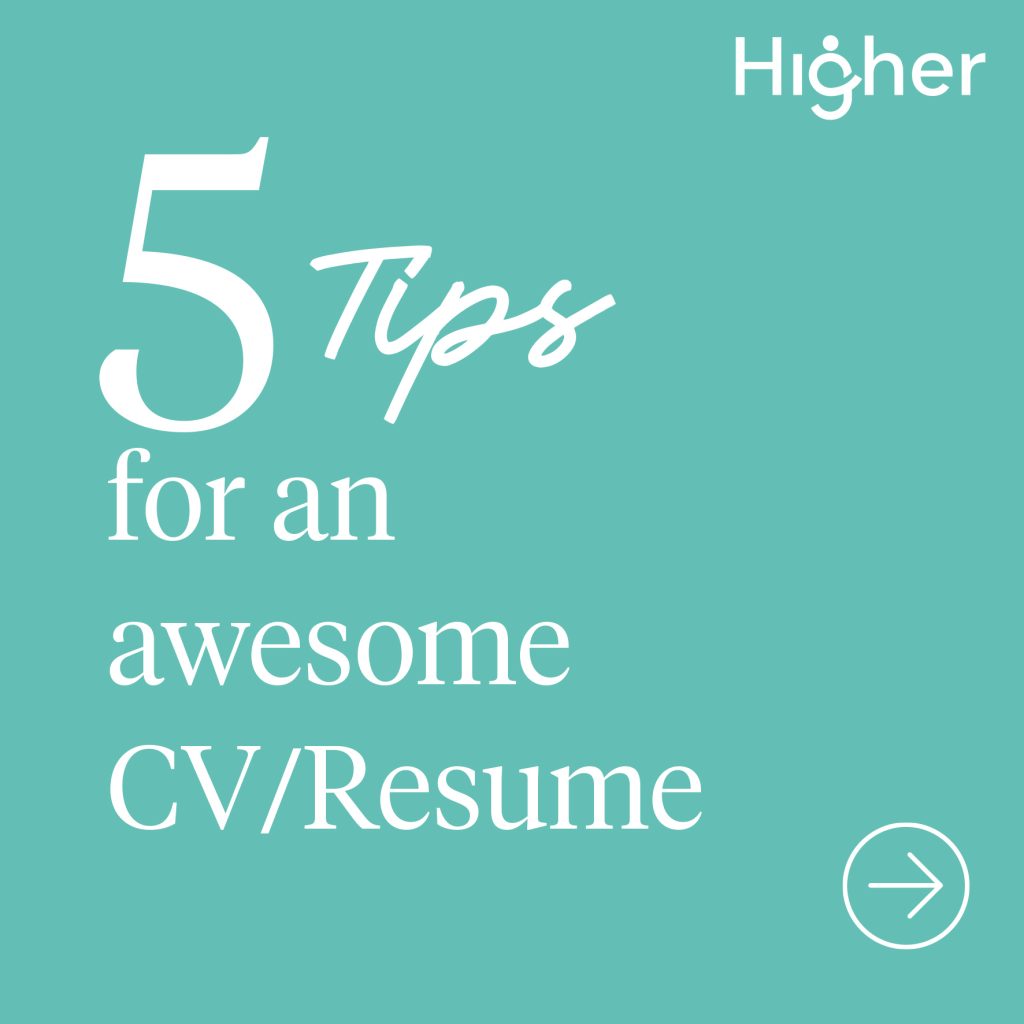
Including Key Achievements highlights how you have added value above and beyond the standard requirements of your position. These could be projects you have been involved in, cost savings you have made, or improvements to processes you have initiated. They show that you are commercially aware of the impact their role has and how you can evidence your contribution to the bottom line.
Some people like to have a section at the start of their CV/Resume encompassing all their achievements. The problem with this is that the reader is unable to decipher which role each achievement is for. Incorporating the relevant achievements under each position overcomes this.
A CV is generally a document of qualitative information as it describes what you have done in your career. However, if we simply stop there then it doesn’t provide context or show the impact of your actions.
This is where including quantitative data ensures your CV/Resume stands out from the crowd. For example, using numerical information such as the employee headcount or turnover for your organisation enables the reader to immediately understand the size of that business and its operations.
Another way that quantitative data adds clout to your CV/Resume is when used to describe the impact of your actions. For example, you may be in Marketing and designed and ran an email campaign that generated a 27% in sales. Or you may be part of the HR team and noticed that your company had a high proportion of leavers within the first three months. You improved the Induction programme, and it had the impact of improving the retention of new starters by 87%. Notice how by simply going the extra step and including the 87% it adds significant impact to this point. In both examples, it’s the numerical information that makes the information tangible and allows the reader to fully grasp the impact you made in that role.
Your CV/Resume needs to be appropriate to the amount of experience you have. If you are leaving education and looking for your first job, then your CV/Resume will probably be very short as you don’t have much content to include.
At the opposite end of the scale, you may have 20+ years of experience under your belt in which case you simply have more to write about. We’re not saying that you should have pages and pages but take a pragmatic approach.
We’ve seen far too many CV/Resumes where the individual hasn’t got across just how much they have to offer because they’ve been too concise, believing they needed to keep it to two pages maximum.
If, say, you are a Marketing Manager with 20 years employment history behind you then you don’t need to go into detail about your early career as a Marketing Assistant. Keep that information concise but make sure your most recent work history, relevant to the type of roles you are applying for, fully explains all you have to offer. If this means your CV goes to 3 or 4 pages then that’s fine, just ensure it tells the tale you want it to.
We’ve all laughed at the job title of ‘Sandwich Artist’ for people who work at a well-known fast-food chain but it really is critical that you use mainstream and commonly recognised job titles on your CV/Resume.
There are two key reasons for this. Firstly, it enables the reader of your CV/Resume to immediately assess your suitability for the role and, given the average time spent looking at a CV/Resume is only 8 seconds, then an ambiguous job title could significantly harm your chances of being shortlisted for an interview.
Secondly, recruiters often run searches based on common job titles. If your CV/Resume or LinkedIn profile doesn’t align with these searches then you could be missing out on being contacted about opportunities.
There is nothing worse than someone stating one of their key strengths is ‘attention to detail’ only to spot a spelling mistake in the next sentence.
Or reviewing someone’s employment history and the dates of employment don’t’ match up (you’d be surprised how many forget to update historic information and don’t put a leaving date on former jobs, so it looks like they are currently working multiple full-time jobs).
Always get someone to review your CV/Resume for you. They may even query something like a technical acronym you have used. This can also be useful because it highlights something – you need to think about the wider audience of who might read your CV/Resume. For example, a member of the HR team may be responsible for shortlisting applications and not understand this information. Therefore, try to avoid things like acronyms or elaborate on their meaning to ensure any reader can understand what is being said.
Preston, Lancs.
Dallas, Texas
Suite 3100,
325 N St Paul Street
Downtown Republic Centre
Dallas
Texas
TX 75201
(+1) 469-300-9952
Developed by Freedom Search